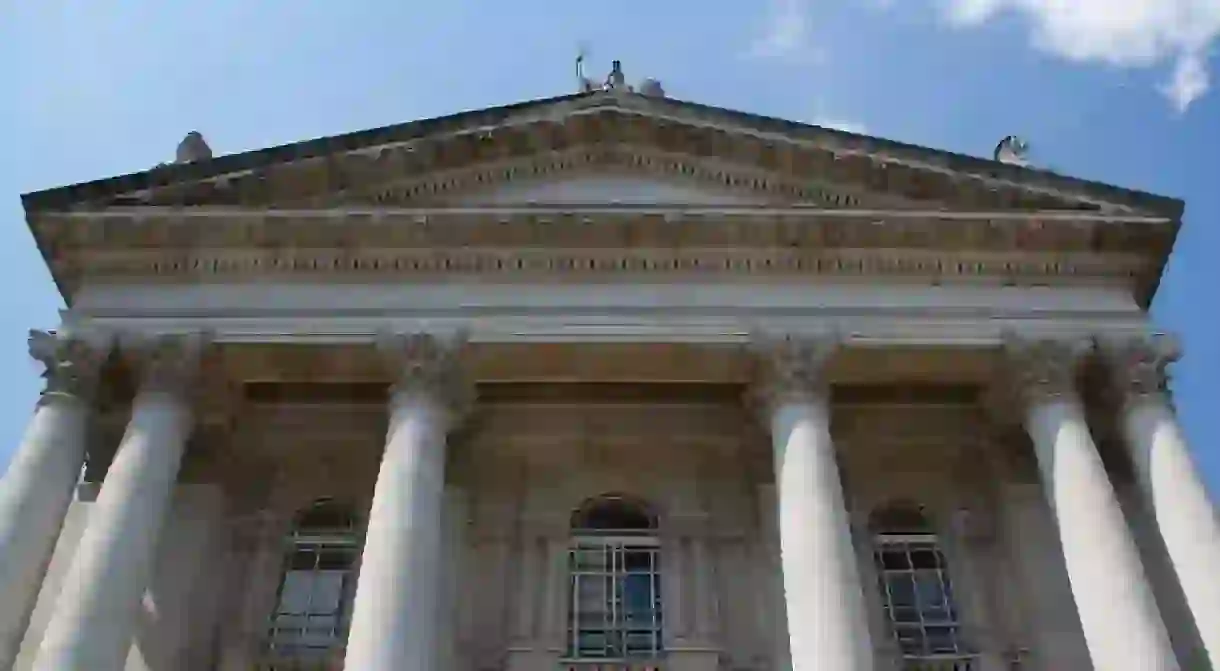The History Of The Tate Britain In 1 Minute

A gallery dedicated to historical and contemporary British art, the Tate Britain is renowned for artists such as Turner, Millais, Rossetti and Hockney. Situated on Millbank, facing the River Thames, the gallery is on the former site of Millbank Prison and opened in 1987.
When his offering of his art collection to the National Gallery was rejected due to limited space, Sir Henry Tate began a search for a new venue for British art. Formerly known as the National Gallery of British Art but nicknamed the Tate Gallery after the founder, the venue contained various works of British art as well as Henry Tate’s collection. The gallery officially became the Tate Britain when modern artworks were transported in 2000 for the opening of the Tate Modern. It is the oldest member of the Tate gallery network and is one of the largest and most prominent museums in the country. Holding works from the 1500s to contemporary artworks, the gallery also consists of several rooms specifically focussing on one artist, these include Tracey Emin, John Latham and Sam Taylor-Wood.

Construction of the Tate Britain began in 1893. The front building was designed by Sidney R. J. Smith and the 1937 Dunveen Sculpture Galleries were designed by John Russell Pope, W. H. Romaine-Walker and Gilbert Jenkins. A building displaying postmodern architecture, the gallery was damaged by flooding from the Thames and bombing during the Second World War. Most of the art was safely protected at these times – during the war, a Stanley Spencer painting that was too large to move had a protective brick wall built around it. In 1955, the Tate Gallery became independent from the National Gallery, with several extensions added over following years. The building was renovated from 2012-2013, erecting nine new galleries with stronger floors to better withstand heavy sculptures, and the gallery now contains a restaurant, a café, and a room for members.
The Tate Britain hosts the annual Turner Prize exhibition, featuring artists selected by a jury chaired by the director of the gallery. The nominees are announced in May each year, with work exhibited in October, and finally a prize presented in December. Previous winners have included Grayson Perry, Gillian Wearing and Anthony Gormley. Other artists included in the gallery are Thomas Gainsborough, Lucian Freud, Peter Blake and Damien Hirst, and it is considered the most comprehensive collection of art, of its kind, across the globe.
📅 Open daily, 10AM-6PM
By Stephanie Butler













